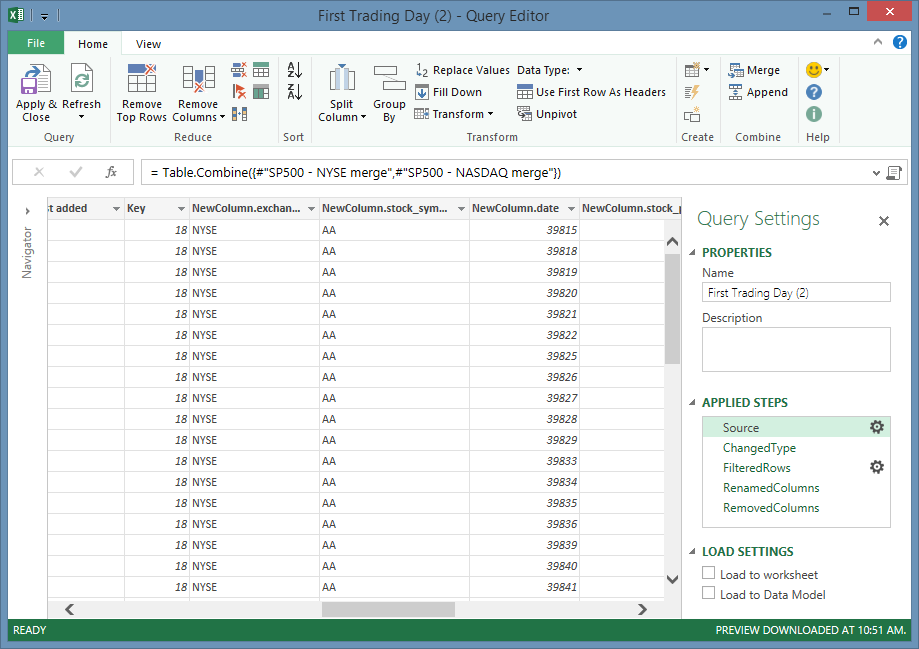

So the grids (#) instead of the value of the cells can be seen with a negative date. For example, double-click the left mouse button on the border of the column headers of this cell. It's just the information that the width of the column is too narrow to accommodate the correctly displayed contents of the cell. The number of sharps simbols instead of the value of the cell # – this value is not the error. For example: The sharp # in the Excel cell There is interesting fact: if we tried to add two cells in which the value is the first number and the second is the text using the function: =SUM(), then there will be no error, and the text will take the value 0 in the calculation. If we try to add a number and a word to Excel, as a result we can receive the #VALUE! error. The same mistake #REFERENCE! often occurs when the sheet name is incorrectly specified in the address of the three-dimensional links. Then insert the summation function, that will be automatically determine to the number of summing cells. In this case, the most convenient for each range to press the combination of the hot keys ALT + = before starting the input fast function: = SUM().

When the same formula was copied to the third range, in the function cell C3, the function is returned the error #REF! Since there can be only 2 cells above the cell C3 and not 3 (as it was required by the original formula). The formula, as before, sums only 3 cells B2:B4, bypassing the value of the first B1. And then we copy the same formula for the second range, in the cell B5. Under the first range into the cell A4 we need to enter the summation formula: =SUM(A1:A3). There are 3 ranges of cells: A1:A3, B1:B4, C1:C2. In this example, the error was occurred when the formula was copied incorrectly. Most often this is the non-existent cell. The incorrect cell on the reference: #REF! – means that the arguments of the formula refer to the wrong address. Therefore, the function gives the value with the error #NULL! REF - the error links to Excel cells The given arguments in the function: = SUM(B4:D4 B2:B3) – do not form the intersection. In this case, the intersection of the ranges is the cell C3 and the function displays its value. It separates to the vertical and the horizontal ranges, that specified in the arguments of the function. If the ranges do not intersect, the program displays an incorrect value – #NULL! The intersection operator of sets is the single space. It is used to quickly obtain data from large tables by querying the intersection point of the vertical and horizontal range of cells. There are such a thing as the intersection of sets in Excel. The empty set: #NULL! – there are errors of the intersection operator of sets. This is the result of the syntax error when writing the function name. There is invalid name: #NAME! – means that Excel did not recognize the text is written in the formula (it is unknown to the function SUMM name, it is written with an error). It refers to the category of errors in writing functions. The error is removed using the formula: =IFERROR(MATCH("Jon",$A$1:$A$4,0),"absent"). Therefore, the function returns the error #N/A! (no data). The second formula looks for the text content «Jon» =MATCH("Jon",$A$1:$A$4,0), then the range A1:A4 does not contain such values. Hence, the function returns the result 3. The content is found in the second cell of A3. The recorded formula in B1: =MATCH («Alex», A1:A4,0) searches for the text content «Alex» in the range of the cells A1:A4. The value is not available: #N/A! - means that the value is inaccessible to the formula:

The result of the erroneous calculation is NUM


 0 kommentar(er)
0 kommentar(er)
